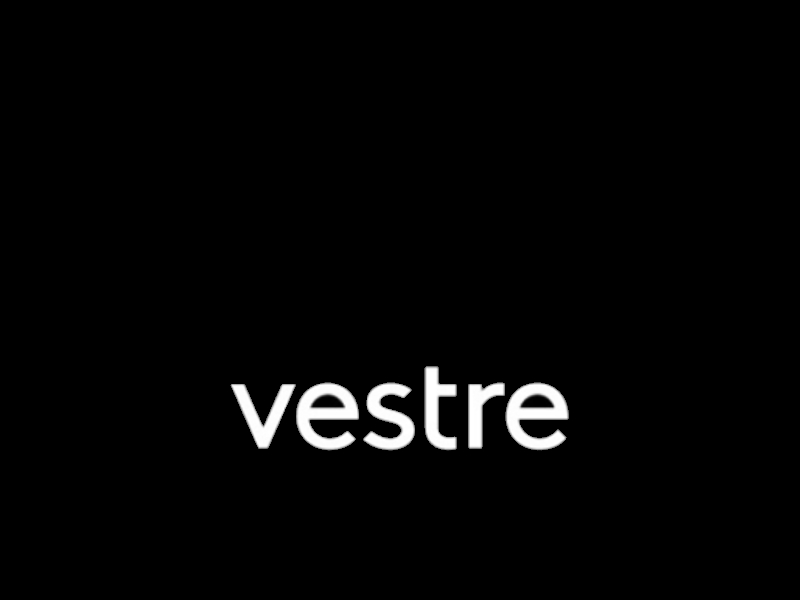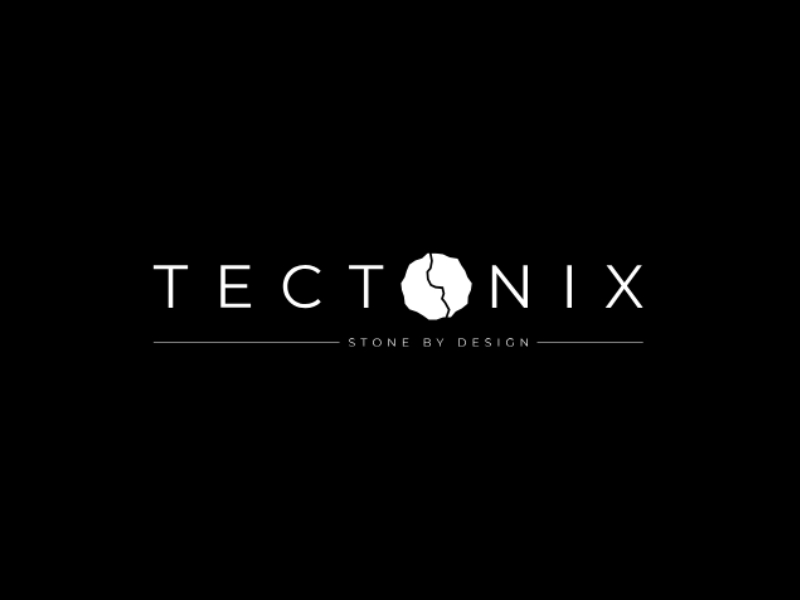Project showcase
Lancaster West Future Neighbourhood Vision, Kensington & Chelsea, London – Lancaster West Neighbourhood Team and Lancaster West Residents’ Association with Arup

Grosvenor worked with Mayfair communities to rethink the role of Grosvenor square as an exemplary urban garden, and aim to show how green spaces in cities can do more for nature and the prosperity of those who depend on them. Grosvenor also launched a Community Charter titled "Positive Space", which seeks to set a precedent for public engagement and ensuring that residents have a real say in their communities.
Where is the project located
Lancaster West Neighbourhood TeamUnit 3, Baseline Studios, Whitchurch Road, London W11 4AT
Who is the developer/client of the project?
Lancaster West Neighbourhood TeamLancaster West Residents’ Association
Describe the context of the community engagement. Why did the engagement take place?
On 14 June 2017, 72 residents of the Lancaster West Estate lost their lives in the Grenfell Tower tragedy.
As part of recovery, Lancaster West Neighbourhood Team (LWNT) has worked with 1,800 residents to co-design a vision for the estate and broader area, defining a masterplan to deliver services and utilise assets to meet local needs and deliver better outcomes.
In January and March 2018, around 500 residents engaged with LWNT to discuss initial ideas around their home, their blocks, the estate and the broader neighbourhood, as an initial visioning exercise for Grenfell recovery.
As engagement and opportunities intensified, creating an eco-neighbourhood was highlighted as a priority in a 2021 survey, with 80% of residents expecting more be done about sustainability in their community.
Community representatives were a part of designing the scope of the work to crystallise a Future Neighbourhood Vision (FNV), from selecting the consultant partner, analysing feedback, and highlighting planning priorities at each stage of the programme.
As part of this process, Arup was appointed in 2019 by LWNT to work with residents and stakeholders to co-design the next steps of the FNV for the Lancaster West Estate. The context in which this vision sets in is described in the attached Baseline Report.
Key planning principles such as no permanent loss of existing social housing, ensuring that any new housing benefited local residents – and would all be flat-level access – were accepted as resident-led non-negotiables from the outset, ensuring a truly bottom-up approach was apparent throughout.
Tell us what you did, and how you did it. What was your approach in talking to the community
The vision is part of LWNT’s work to change develop a co-design model that places residents at the forefront of planning and strategic decision making. The model is adaptable to future funding opportunities and changing resident needs. It was made up of five phases:
Empower – empowering through employment 3 residents to contribute as a part of the project team, and shape key strategic decisions
Understand – building a picture of the current context using demographic data and resident feedback forming a robust evidence-base for future projects over the next decade
Inspire – creating a playbook of best practice solutions from around the world to address identified needs
Explore – building a list of potential projects specific to LWE, assessing and prioritising each of these against need, deliverability, funding and benefit to the community.
Demonstrate – co-designing one exemplar project based on resident demand, which will be a training and employment hub.
This vision was underpinned by three innovative strategies to community involvement:
1. Resident-Led - from initial scoping to delivery, community representatives have been a key part of the governing steering group, procurement processes, and strategic decision making
2. Collaborative Engagement – using a multi-channel and multi-lingual approach, engagement opportunities were designed to require minimal effort to participate, and embedded in everyday activities to bring energy and visibility
3. Flexible – taking an agile approach to the programme enabled learning and feedback loops, allowing residents to meaningfully shape outcomes at each phase, building lasting local partnerships.
How were the results of the community engagement incorporated into decision making? Have you continued the conversation? Will the community stay involved?
From the onset, 3 residents were hired as engagement assistants to help overcome linguistic and cultural barriers. LWNT more broadly is able to engage in 22 community languages. A small number of resident representatives were also active members of a FNV steering group guiding the project team at each phase. Wider community engagement was undertaken using a variety of in-person and digital approaches including social media, digital newsletters, digital and paper surveys, as well as in person events and focus-groups. A single engagement event saw 20 community partners present and attracted over 300 residents to share feedback. 2 Instagram videos received 442 views. Bespoke e-newsletters were engaged with by 2,342 residents.
Over 300 individual comments from these channels were analysed and used to guide decisions by the project team. These comments will continue to inform decision makers as proposed projects progress to implementation. The Opportunities Report (attached) has documented some of this feedback and presents it in such a way that decision makers can ensure resident views shape project initiatives.
For example, in a ward where only an estimated 31.7% of residents are in full-time employment, the Training and Employment Hub was identified through resident feedback by the steering group as a priority and is already progressed by LWNT. Further exploratory focus group discussions held with 20 residents have begun to shape the scope of this hub which has already begun to see results, supporting 46 residents in finding employment, 8 into training, and 19 into new jobs.
Please provide any evidence or data that highlight your environmental or social impacts and your sustainability approach.
LWE (and Notting Dale ward as a whole) is a diverse community with nearly half of residents born outside the UK. 1 in 5 residents live with a disability. Life expectancy in this ward is 10 years less than the borough average.
Where services were often once disconnected and uncoordinated, FNV has left the legacy of bringing together over 20 organisations who work in and around LWE from across public, private and voluntary sectors as part of an ongoing Partnership Board. This network of community partners is now working together to deliver wider equality outcomes.
New collaborations such as vaccination clinics delivered at FNV events like the one pictured in the attachment saw the NHS vaccinating 127 residents amongst community groups with high levels of vaccine hesitancy. A joint campaign with TFL to build support to make local stations step-free saw 5,000 responses. It is these partnerships and joint initiatives that will underpin a sustainable and quality delivery of projects and outcomes for the community.
FNV has also built on LWNT’s approach for sustainable development, with the team taking forward and advancing resident ideas and feedback through their portfolio of works. For example, feedback on greening the estate has seen 465.81m2 of grey to green space, and over 2,000 plants planted by 85 community garden volunteers who have dedicated 1,728 hours to greening their estate. Bringing the community together is continuing through monthly community breakfasts, connecting 126 residents, 84 yoga participants, and 223 massages to date in community spaces.
Festival of Pineapples
24-26 February 2026
Pineapples prize giving night
April
Pineapples at Festival of Place
10 June 2026
© The Pineapples - Tweak Ltd. 124 City Road, London, EC1V 2NX. Tel: 020 3326 7238



